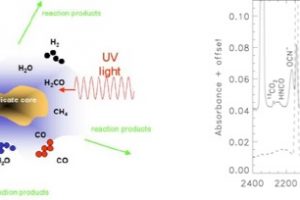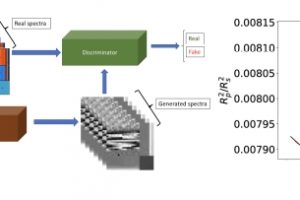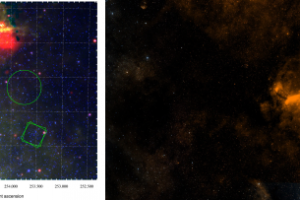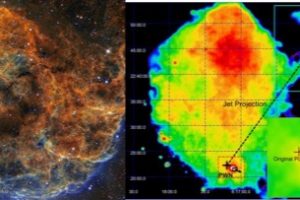Incidenza di radiazione UV e X sui grani di polvere e l’arricchimento di composti organici nei dischi protoplanetari.

Dal gran numero di esopianeti scoperti da missioni come Kepler e CoRoT risulta evidente che la presenza di pianeti è una caratteristica piuttosto comune tra le stelle della nostra Galassia. Si stima, ad esempio, che in media ogni stella di piccola massa ospita un esopianeta. La formazione planetaria è quindi un fenomeno che avviene diffusamente nella Via Lattea. Ma avviente
» Read more






